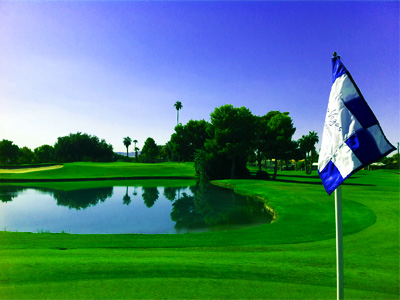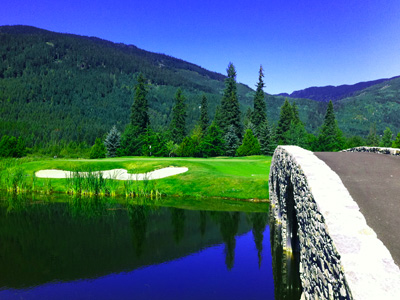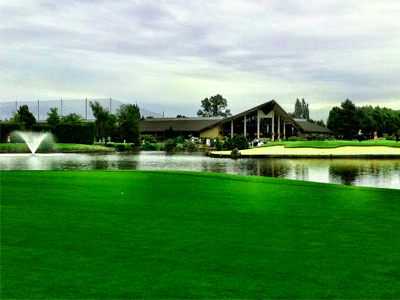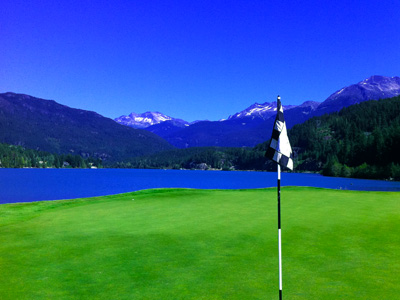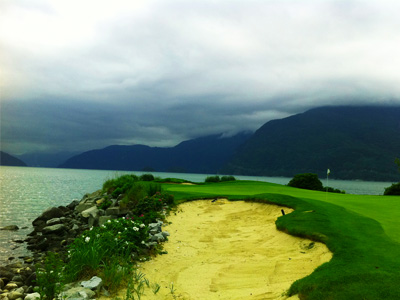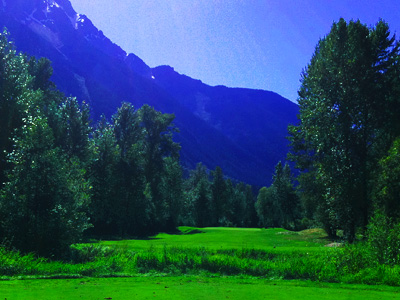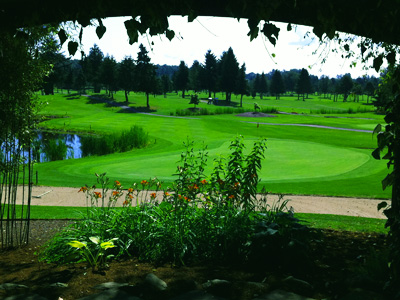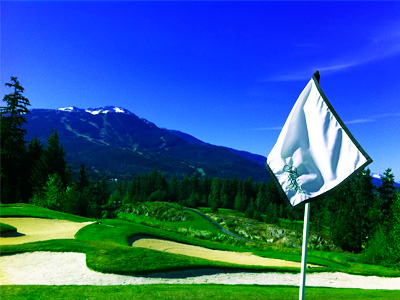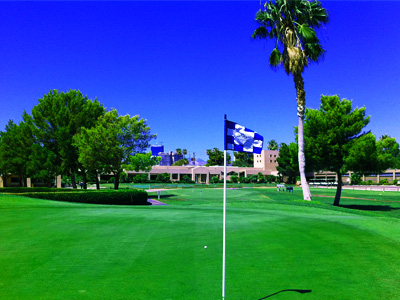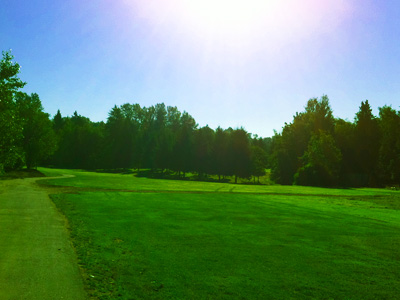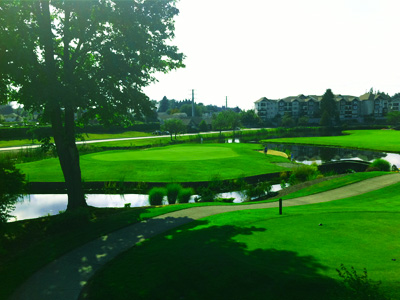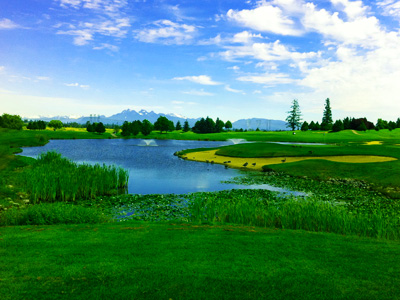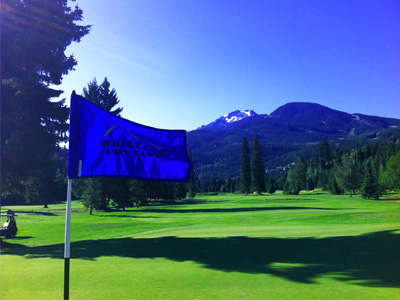Tommy Roy can see the Ryder Cup from almost every conceivable angle. Roy, lead producer for of NBC Sports and Golf Channel, will have 67 different cameras at his disposal to tell the story of golf’s greatest event. If It happens at Gleneagles, Roy won’t miss it.
On Friday, a year’s worth of planning and preparation will manifest itself on millions of TV screens as golf die-hards and the casually curious will see if the Americans can take back the Ryder Cup.
Roy and his team kicked off this journey last summer, visiting Gleneagles for the European Tour’s Johnnie Walker Championship, staged annually at the resort. They learned how the European Tour’s in-house production team broadcasts the event and built on top of that for this event. From cameras, to talent scheduling to figuring when to use 27 full pages of statistical nuggets during the broadcast, Roy’s hand has touched it all.
Normally, Roy would find himself in a production truck on-site, maestro to the broadcast. However, the team learned a year ago it wouldn’t have access to the kind of truck they need to beam NBC’s Ryder Cup coverage back to the States. So they built a 5,100-square-foot production house from scratch and brought in the equipment to run the entire operation — something the team hasn’t had to do since the 2003 Presidents Cup in South Africa.
“It’s very similar to what you have with the Olympics and there’s an International Broadcast Center,” Roy explained Monday. “Everyone works out of one building.”
That might seem like a lot for what amounts to a spectacle that’s much smaller than your week-to-week PGA Tour event. On Friday and Saturday, there are no more than four matches on the course. Over the course of the day, there are only 32 players to follow. Sunday will see 12 matches tee off, but, almost assuredly, they won’t all ever be unfolding simultaneously. But Roy doesn’t see the story of the Ryder Cup as that of your standard-issue, medal-play tournament. The Ryder Cup isn’t so much about counting strokes as conveying emotion, and Roy has aligned his resources to share, as Roone Arledge said, “the human drama of athletic competition.”
“I have super slo-mo cameras to see Ian Poulter’s eyes after he makes a putt,” Roy said with a chuckle.
Roy is charged with telling the American side of the story, but match play is tricky in that regard. A hole can be won as much as it can be lost. An American could win the hole with a birdie putt or the European opponent could lose it by missing theirs. How that hole is shared on-air is Roy’s call, however, it’s done with a bias toward the red, white and blue.
“We try not to be jingoistic,” Roy said. “We try to be balanced, but there is a definitive side of each story.”
What makes sport compelling is that, unlike most other NBC programming, the story is unscripted. It can’t be predicted. For an American audience, a close U.S. win is the perfect tale to tell. However, with the European side favored for a third-consecutive win, it’s very well possible the American opponent could find itself in cruise control on Singles Sunday. If that’s the case, however, Roy said the NBC approach doesn’t change.
“The Ryder Cup lends itself to incredible shotmaking, incredible putting,” Roy said, “so the action really carries it whether it’s a blowout or not. If you’re a golf fan, getting a chance to watch the world’s greatest players do what they do under this intense pressure, it’s still intriguing.”
Ryan Ballengee is a Yahoo Sports contributor. Find him on Facebook and Twitter.
Follow @RyanBallengee
Devil Ball Golf – Golf – Yahoo Sports
Other Related Posts:
There are plenty of ways to win matches at the Accenture Match Play event. ...
Birdies are usually good in golf. However, for Sam Eaves on Day 2 of the A...
President Obama found himself a great 19th hole after wrapping up a round o...
At the pinnacle of his career, Tiger Woods dominated the World Golf Champio...
Your browser does not support iframes. The all-time greats in sports typica...
